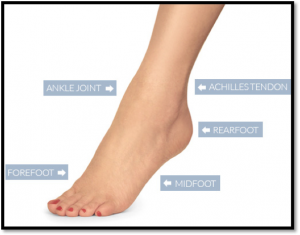


This is the most common problem affecting many
patients. The injury can be very minor
to a chronic condition causing major problems in
day-to-day movement. Usually the
injury is sustained while playing, running, jogging,
getting down stairs, at home in
bathroom and other slippery places
1. What are the indicators of serious
injury?
Severe pain and swelling, inability to put weight on
the leg or walk, bruising and
symptoms lasting for more than 5 days
2. What happens in ankle sprain?
There can be ligament, tendon or/ and bone injury.
Ligament injury can range from
minor sprain to major complete tears. Bone can be
fractured and tendon can be
strained.
3. What is the treatment?
The treatment depends on the extent of injury. Minor
sprains need rest, ice
applications and splinting for 2-3 weeks. Major
sprains and some fractures may require
plaster cast application. In some cases of fractures
and complete ligament tears
surgery may be needed.
4. What is the recovery period?
Again this is very individual. It depends on the
extent of injury. It can vary from 2
weeks to 3 months or more depending on the severity
of the injury.
5. What investigations are required?
An X ray is the basic investigation. A CT scan or MRI
may be required depending on
the injury.






